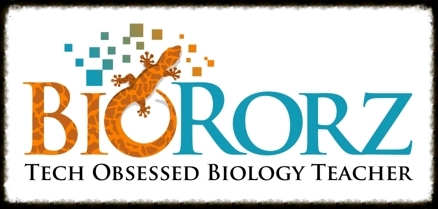To GMO or not to GMO? Biotechnology Assignment
As described in my blog post with the same title, here is the activity that I have created for my IB biology students to address the subtopic of genetic modification in the genetics unit. I am actually really excited to how they respond to this activity in terms of their level of motivation and learning. In the past, I have not devoted as much time to this. By focusing more attention on Aim #8, which is to raise awareness of the moral, ethical, social, economic and environmental implications of using science and technology, this has potential to have quite an impact on their learning. I will let you know how it turns out.
In the end, the essential questions that we will be exploring are:
- How can we assess whether risks are great enough to justify banning techniques?
- How can the scientific community inform communities generally about potential risks?
- How can we make informed decisions without propagating irrational fears?
- We know that careful research is needed to assess the risks of GMO, but what if the research itself could be risky?
- Do protesters who destroy trials of GM crops make the world safer?
Here is a link to the assignment. Feel free to do what you will with it. I am considering working this article from Co.Design into the mix as well. I would like to get a before and after reaction of the students to the genetic modifications suggested in this article. I might post it to our Facebook group as a pre-reading the night before and then have them respond to a poll. I could then have them revisit their responses after our class debate too see if any have changed their position. Anyway, If you have any other ideas or suggestions, I would love to hear about them!
By the way, while researching companies the other day, I came across this article. Needless to say I will not be sharing this article with my students, but I do wonder if they will discover it on their own. I can't wait for our debate. I must admit, there were some surprises. I will be needing to make a call to my financial adviser :-)

